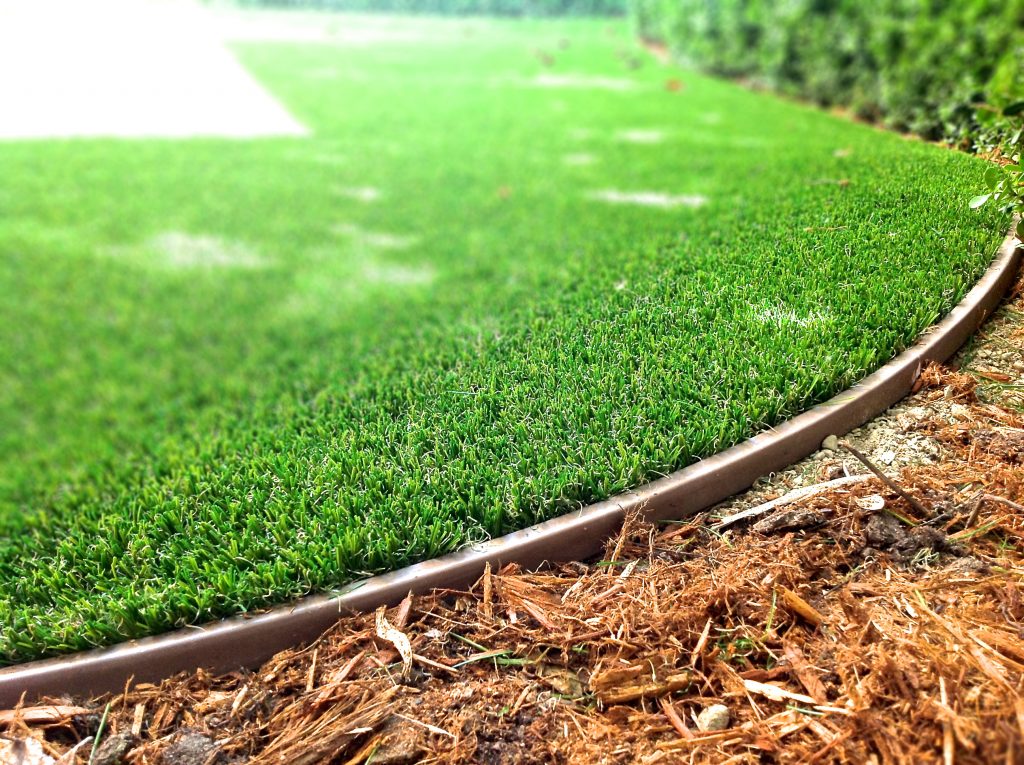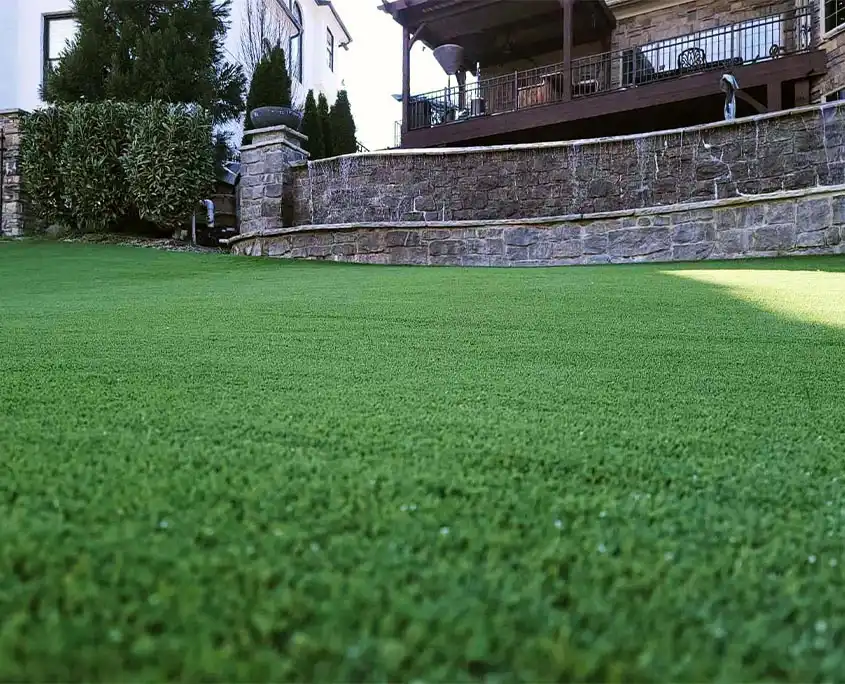Premier Phoenix Turf Companies Delivering High-End Synthetic Lawn Products
See Why Homeowners Prefer Artificial Lawn for Sustainable Landscaping Practices
As house owners increasingly prioritize sustainability in landscaping, synthetic grass has arised as an engaging choice to traditional turf. Its capability to preserve water, reduce maintenance efforts, and lessen environmental effect settings it as a practical choice for those seeking environmentally friendly remedies. The visual appeal and adaptability of man-made grass cater to varied layout choices. The effects of this change prolong beyond mere ease and aesthetics, motivating a better exam of just how these options influence broader ecological results. What remains to be discovered is the complete extent of benefits that synthetic grass can offer to homeowners and the environment alike.
Water Conservation Conveniences
One of one of the most significant advantages of synthetic grass is its duty in water conservation. Conventional yard lawns call for substantial quantities of water to keep their lush look, often causing overuse of local water resources, specifically in deserts. In comparison, man-made turf removes this need entirely, as it does not need watering. This not only saves water yet additionally lowers the strain on metropolitan water systems, particularly throughout dry spell problems.
Moreover, the setup of synthetic grass can add to a much more sustainable landscape. House owners can significantly lower their water costs, enabling reallocation of sources to other environmental initiatives or house usages. In addition, fabricated grass is created to stand up to various weather problems without the need for supplemental watering, making it an optimal choice for areas encountering water deficiency.
The environmental benefits expand beyond immediate water savings. By minimizing water intake, synthetic turf aids to reduce the influences of climate change, maintaining crucial environments that are threatened by too much water extraction. As lasting landscaping methods acquire grip, synthetic grass emerges as a responsible selection for property owners looking for to create eco-friendly outdoor areas.
Reduced Maintenance Initiatives
Synthetic turf significantly minimizes upkeep efforts compared to standard grass yards. With man-made yard, homeowners can get rid of the taxing tasks connected with all-natural landscaping, such as mowing, feeding, and weeding. This not just saves useful time yet also minimizes physical labor, making grass care accessible for individuals of any ages.
Among the most significant benefits is the lack of routine mowing. Typical lawns need regular cutting to keep an aesthetically pleasing elevation, whereas man-made lawn remains regularly rich without the requirement for cutting. Furthermore, property owners no much longer require to apply plant foods or chemicals, which are commonly required to keep natural grass healthy and balanced. This shift not only lightens the workload but likewise advertises a neater, a lot more consistent look year-round.
Furthermore, artificial turf is resistant and durable, calling for marginal upkeep past periodic cleaning and washing to eliminate debris. This simplicity of maintenance permits property owners to enjoy their outside spaces without the consistent concern of maintenance, offering more time for leisure and family members activities. Inevitably, the decreased upkeep efforts linked with synthetic grass make it an enticing alternative for those looking for a low-maintenance, visually appealing landscape.

Ecological Effect Decrease
There is a growing acknowledgment of the environmental advantages connected with synthetic grass, especially in regards to water conservation and minimized chemical usage. Standard lawns require considerable amounts of water, particularly in drought-prone areas, causing increased stress on neighborhood water resources. On the other hand, synthetic grass gets rid of the demand for irrigation, significantly minimizing water intake and promoting sustainability.
Additionally, traditional grass maintenance typically entails the application of fertilizers, pesticides, and herbicides, which can add to soil and water pollution. Synthetic grass minimizes this environmental hazard by requiring minimal upkeep and basically eliminating the need for dangerous chemicals. This not just improves dirt health and wellness however likewise secures neighborhood ecosystems from toxic runoff.
Moreover, the production of all-natural turf lawns usually entails making use of nonrenewable fuel sources for cutting and landscaping tools, further adding to greenhouse gas exhausts. By selecting fabricated lawn, home owners can dramatically decrease their carbon impact associated with lawn treatment tasks.
Aesthetic Appeal and Flexibility
In addition to its ecological benefits, synthetic grass offers considerable visual appeal and adaptability for landscape design. Property owners can attain a lavish, green appearance year-round, removing the seasonal fluctuations typically connected with natural yard. This consistent aesthetic not only improves the aesthetic appeal of a property however additionally contributes to a sleek and well-maintained look.
Additionally, artificial turf is offered in a selection of styles, structures, and shades, find out here permitting for customization to fit private preferences and design themes - Arizona artificial turf. Whether made use of in household yards, business areas, or entertainment locations, it can effortlessly incorporate into varied landscape design styles, from contemporary minimalist to lush tropical setups
The convenience of fabricated grass prolongs beyond mere look; it can be mounted in various places, consisting of rooftops, patios, and even indoor areas, producing possibilities for distinct landscaping options. Additionally, it is appropriate for a series of tasks, from children's play areas to pet-friendly environments, giving performance without compromising design.
Ultimately, the visual charm and flexibility of fabricated grass make it an attractive alternative for house owners seeking lasting landscaping options that do not sacrifice elegance for environmental obligation.

Long-Term Expense Savings
One of the most engaging benefits of synthetic lawn is its potential for long-lasting price savings. Unlike natural yard, which needs normal maintenance-- consisting of mowing, watering, feeding, and pest control-- fabricated lawn substantially reduces these continuous expenditures.
In addition, fabricated lawn has a lifespan of 15 to 25 years, depending on its high quality and use. This toughness lessens replacement prices, making it a more cost-effective selection in the long run. The preliminary investment in fabricated lawn can usually be redeemed with the cost savings accrued over time.
While the upfront price might appear higher compared to sod installment, the advancing cost savings from decreased maintenance and water use usually surpass these preliminary expenditures. Inevitably, the adoption of man-made turf not only advertises a sustainable landscaping remedy yet likewise provides homeowners a monetarily wise choice that aligns check with lasting budgeting goals.
Conclusion
Artificial grass arises as an engaging option for sustainable landscape design, providing considerable benefits in water preservation, lowered upkeep initiatives, and lessened ecological impact. As communities increasingly prioritize environmentally friendly practices, the adoption of synthetic grass represents a modern action towards accomplishing lasting and durable landscapes.
Furthermore, man-made lawn is developed to stand up to various climatic problems without the demand for additional watering, making it an excellent selection for areas dealing with water scarcity. (Phoenix turf companies)

Artificial turf arises as a compelling option for lasting landscaping, offering significant benefits in water conservation, minimized upkeep efforts, and lessened ecological impact.